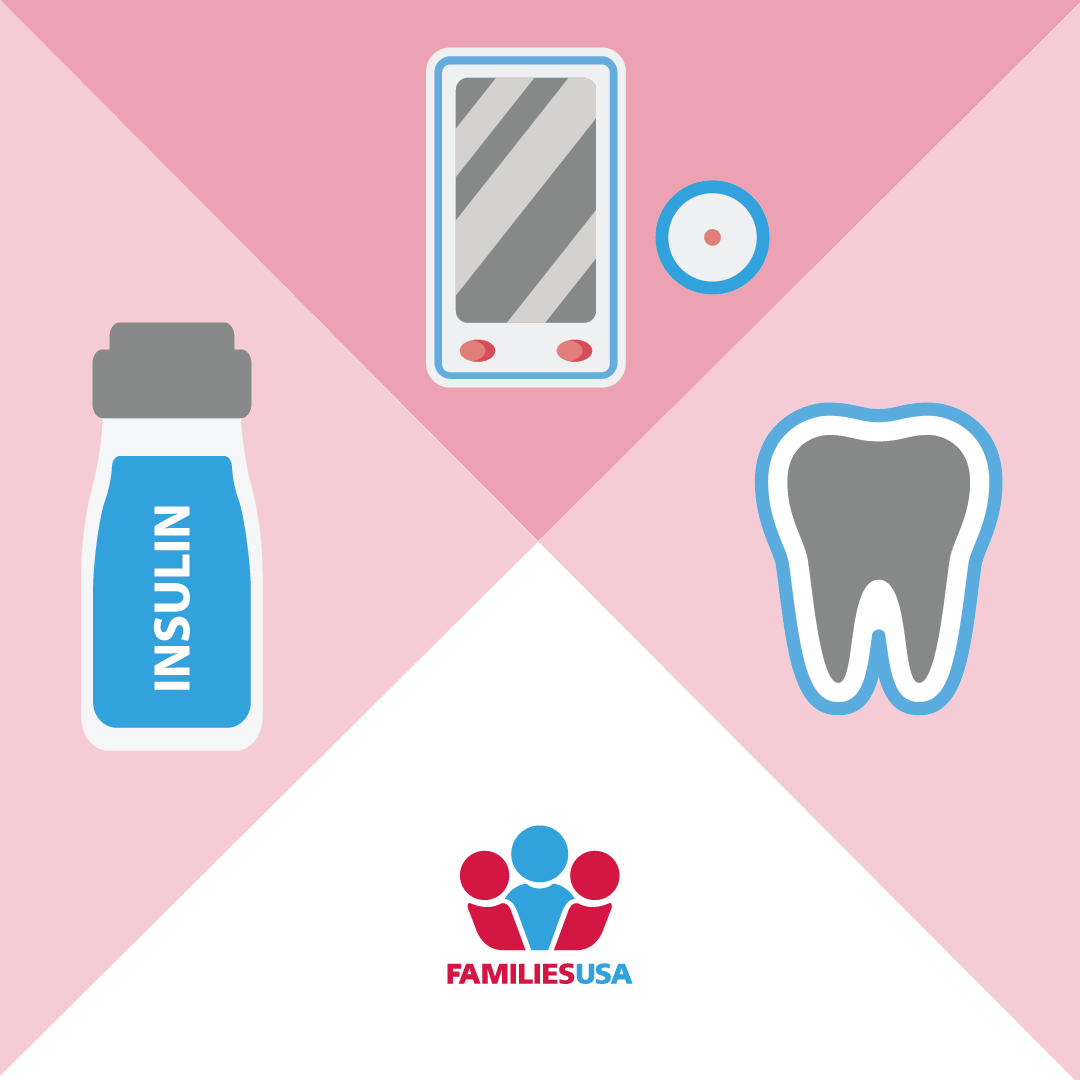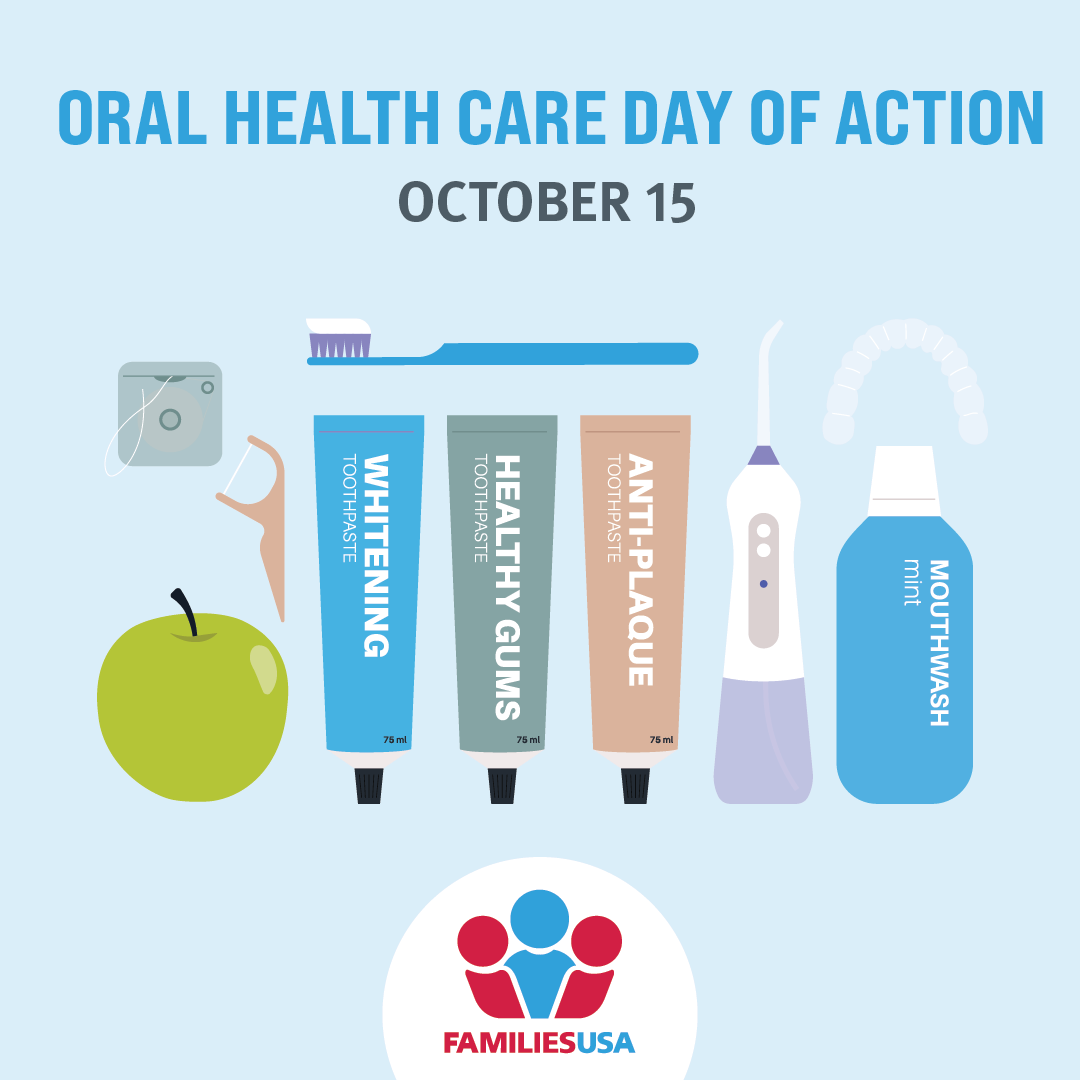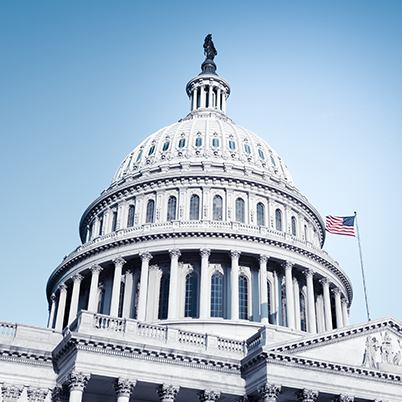
Recommendations for Improving Children’s Access to Dental Care
By Lydia Mitts,
02.12.2015
February is Children’s Dental Health Month—the perfect time to raise awareness about the importance of oral health and the work that remains to ensure that all children have access to high-quality, affordable dental coverage and care. Congress, state lawmakers, and regulators can make progress on some of the nation’s most pressing children’s dental health issues by following the recommendations we discuss here.
Extend funding for the children’s health insurance program (CHIP)
The Children’s Health Insurance Program (CHIP) provides affordable, high-quality health and dental coverage to more than 8 million low- to moderate-income children. However, federal funding for CHIP expires at the end of September.
If Congress does not extend CHIP funding, as many as 2 million of those children could lose health and dental coverage altogether because their families will not be able to afford to replace that coverage with marketplace insurance. That is due to what is called the “family-glitch,” which prevents some families from obtaining premium tax credits to help them buy marketplace plans.
Even families who are eligible for these tax credits would have to pay more for dental coverage in the marketplace than they do for CHIP. This would be a huge step backward in the effort to provide affordable dental coverage to all children.
Congress must act soon. Many state legislatures are developing their budgets right now. Because CHIP is a federal-state partnership in which states pay part of the cost of the program, state legislatures must include those costs in their budgets. Congress should extend CHIP funding as soon as possible so that states feel confident including that funding in their budgets.
Advocates who work on health care or dental coverage issues should reach out to their members of Congress to urge them to extend CHIP funding for four years (the length of time for which the program is currently authorized).
Improve the pediatric dental coverage that is available in the marketplace
The Affordable Care Act expanded pediatric dental coverage to more families by making it a part of the Essential Health Benefits package that all health plans on the marketplace must include. However, dental coverage offered through the marketplace is still not affordable for all families.
Here’s why: Under the law, pediatric dental coverage must be available in every state’s marketplace. However, if stand-alone dental plans are also available on the marketplace, the law allows health plans not to cover this essential benefit. As a result, many health plans on the marketplace have opted to not cover pediatric dental care. In 2014, only 34 percent of health plans sold across all federally facilitated marketplaces covered pediatric dental care. And in five states’ marketplaces, not a single health plan covered this care.
On top of this, the way the IRS is interpreting federal rules about premium tax credits prevents some families from being able to obtain tax credits to help cover the cost of dental coverage for their children. Under the IRS’s current interpretation, families who are eligible for tax credits to help cover the cost of a health plan cannot get additional help to cover the cost of a separate dental plan, even if no health plans in their marketplace cover pediatric dental care.
This means that some families have to pay the full cost of dental coverage on their own. Not only is this not what the Affordable Care Act intended—it is simply an unaffordable option for some families, particularly those who need premium tax credits to be able to afford coverage.
In order to make dental coverage affordable for more families, it is critical that the IRS revise its interpretation to ensure that the cost of pediatric dental coverage is always accounted for when providing premium tax credits to help purchase marketplace coverage.
Strengthen the oral health workforce
Even with dental coverage, many children still aren’t getting needed dental care because their families cannot find a dental provider. Nearly 49 million Americans live in areas designated as having a shortage of dental providers.
Fortunately, there is a clear, evidence-based solution to this problem: adding mid-level providers—like dental therapists—to the dental team. Dental therapists work as part of dental practices, providing routine dental care under the general supervision of a dentist. Dental therapists are already providing high-quality care to Alaskan native communities and underserved communities in Minnesota.
Training to become a dental therapist can also be a more accessible and affordable career path compared to dental school. This can create opportunities for more individuals from diverse backgrounds to become dental care providers and serve the communities where they were raised and live.
In Alaska, the Alaskan natives who trained under the Alaska Native Tribal Health Consortium’s dental therapist program returned to serve their home communities after they’d finished their training. As The New York Times has noted, this offers immense benefit to the community. These therapists are able to connect better with their patients and serve as both health care providers and role models in their local community.
The movement to expand the dental workforce to include mid-level providers like dental therapists is gaining attention. The New York Times recently named dental therapists one of the “Big Ideas in Social Change of 2014.” And in more than half a dozen states, there are efforts underway to enact legislation to add dental therapists to their dental workforce.
It’s important to the health of communities across the country that these and other states take action to allow dental therapists to practice in their states.
Expand dental coverage for adults
Approximately one in four non-elderly adults in this country lacks dental coverage. This can have consequences for entire families, including children. Research shows that children whose parents receive routine dental care are more likely to get routine dental care themselves compared to children whose parents had not recently received care.
Looking forward, Congress should require all public programs (including Medicaid and Medicare) and private health plans in the marketplace to provide comprehensive dental coverage to adults. Ensuring that adults have affordable dental coverage and care is a critical strategy for improving the oral health of all family members.
Visit our Access to Dental Care Initiative to learn more.




